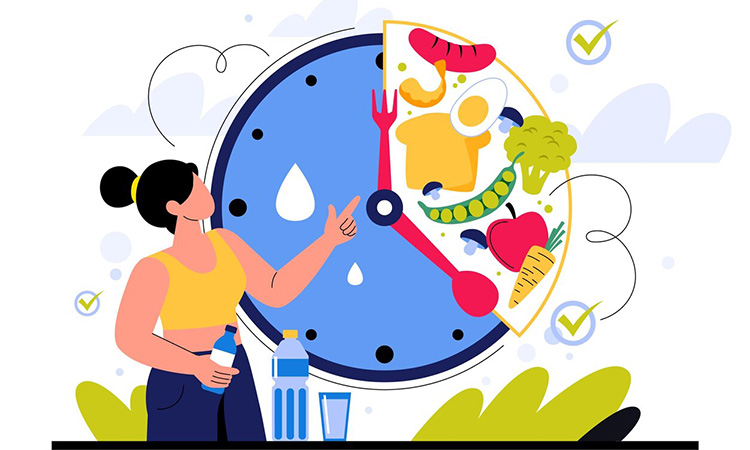The upside-down emoticon, often represented as, conveys a sense of playful irony
confusion, or the feeling of being turned on one’s head. This emoticon perfectly
encapsulates the experience of starting intermittent fasting (IF), a popular dietary
approach involving alternating periods of eating and fasting.
Intermittent fasting has gained traction for its potential health benefits, including weight
loss, improved metabolic health, and enhanced longevity. However, the initial stages of
this dietary regimen can feel as disorienting as the upside-down emoticon. Beginners
often experience confusion about meal timing, fasting durations, and managing hunger
pangs, leading to a sense of being metaphorically flipped upside down.
During the early days of intermittent fasting, it’s common to feel a bit topsy-turvy.
Skipping breakfast or enduring longer fasting windows can leave individuals feeling
unsettled and questioning their decision. The upside-down emoticon humorously
captures these moments of bewilderment and adjustment.
Yet, just as the emoticon suggests a lighthearted acceptance of topsy-turviness, those
who persevere through the initial phase of intermittent fasting often find their footing.
The body adapts, hunger subsides, and the benefits become apparent. Increased
energy, mental clarity, and a sense of control over eating habits emerge, flipping the
experience from confusing to rewarding.
In essence, the upside-down emoticon symbolizes the initial upheaval and eventual
balance found in intermittent fasting. Embracing the journey with humor and patience
can transform the fasting experience into one of profound personal growth and health.
Posted August 16, 2024
0

